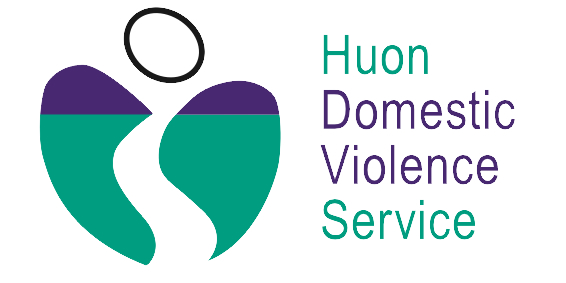About safety planning
There are many different ways to make a safety plan. A plan needs to be made to suit individual circumstances and will promote safety now. The plan will also change when circumstances change.
A plan can help to explore and map out options and ideas to increase safety when domestic and family violence is happening. It can also help those experiencing sexual assault when the perpetrator is someone known.
Family and friends can play an important role in helping with support and information. Domestic and family violence services and sexual assault services are also there to help offer support and organise referrals and appointments Connecting with a range of services can assist with thinking about options.
Understanding safety planning
You might be making a safety plan for yourself or with a family member or friend who is experiencing violence.
A safety plan for you
If you are making a safety plan for yourself, you will already have good ideas about what has, and hasn’t, worked. This is a strength. Think about the things that already work then have a look at the checklist below to see if any other options can help you build a plan of action for safety.
Here are a few important things to remember when making a safety plan for yourself:
- The perpetrator is responsible for the violence. Trying to prevent the violence can leave you feeling like you are ‘walking on eggshells’ because people who are abusive often choose to find new triggers to justify and excuse their angry and controlling outbursts. Working out how to increase safety is not the same thing as taking responsibility for the violence or ‘blow-ups’.
- Safety plans need to be updated regularly, especially when things change such as a pregnancy, a new baby, or a change in living situation.
- Domestic and family violence services can support you and provide options to add to those you may already have. The Huon Domestic Violence Service can assist by phoning 6264 2222.
- A safety plan with family and friends
When making a safety plan with someone experiencing violence, start by listening. The person is an expert on their situation. First listen for, and ask questions about, what has been happening. This will help you understand the risks. Find out what they already do to increase safety, and use this as a basis for helping her to think about what else might increase her safety. The checklist below can provide a few ideas about how to develop the plan but not all of these ideas will be relevant.
Keep in mind that there may be multiple perpetrators and other individual needs that influence the plan.
Remember your job is not to judge or make decisions. ‘Just leaving’ is not always a safe option. We know that leaving is the time of greatest risk to life and safety. Work with your friend or family member to build a plan that works for her.
Here are a few important things to remember when making a safety plan for friends and family:
- A safety plan can be part of building a trusting relationship. This relationship may be the most important resource for victim/survivors.
- You may have mandatory reporting responsibilities if children are at risk of harm
Checklist for safety plan
Make an escape plan
- Plan and practise quick emergency exit routes from all the rooms in your house/flat
- Have a small escape bag ready to grab when needed. Bag could contain spare keys, important papers, a special toy for the kids (if applicable) and some spare cash if you need to leave in a hurry. If you need prescription medicines keep a spare script in your escape bag.
- Leave spare copies of keys, important papers, photo copies of bank cards, credit cards etc with a trusted family member or friend.
- If you have mobility issues or disabilities, arrange in advance for a friend to be able to collect you straight away if you call or text them. Some people use a code word agreed on in advance, this way you can make contact even if the perpertator can hear you.
Consider preparing a departure bag that could include:
- Birth certificate
- Medication and scripts
- Money, Centrelink cards
- FVO if issued, legal documents
- Drivers licence, keys
- Items of personal significance and value
